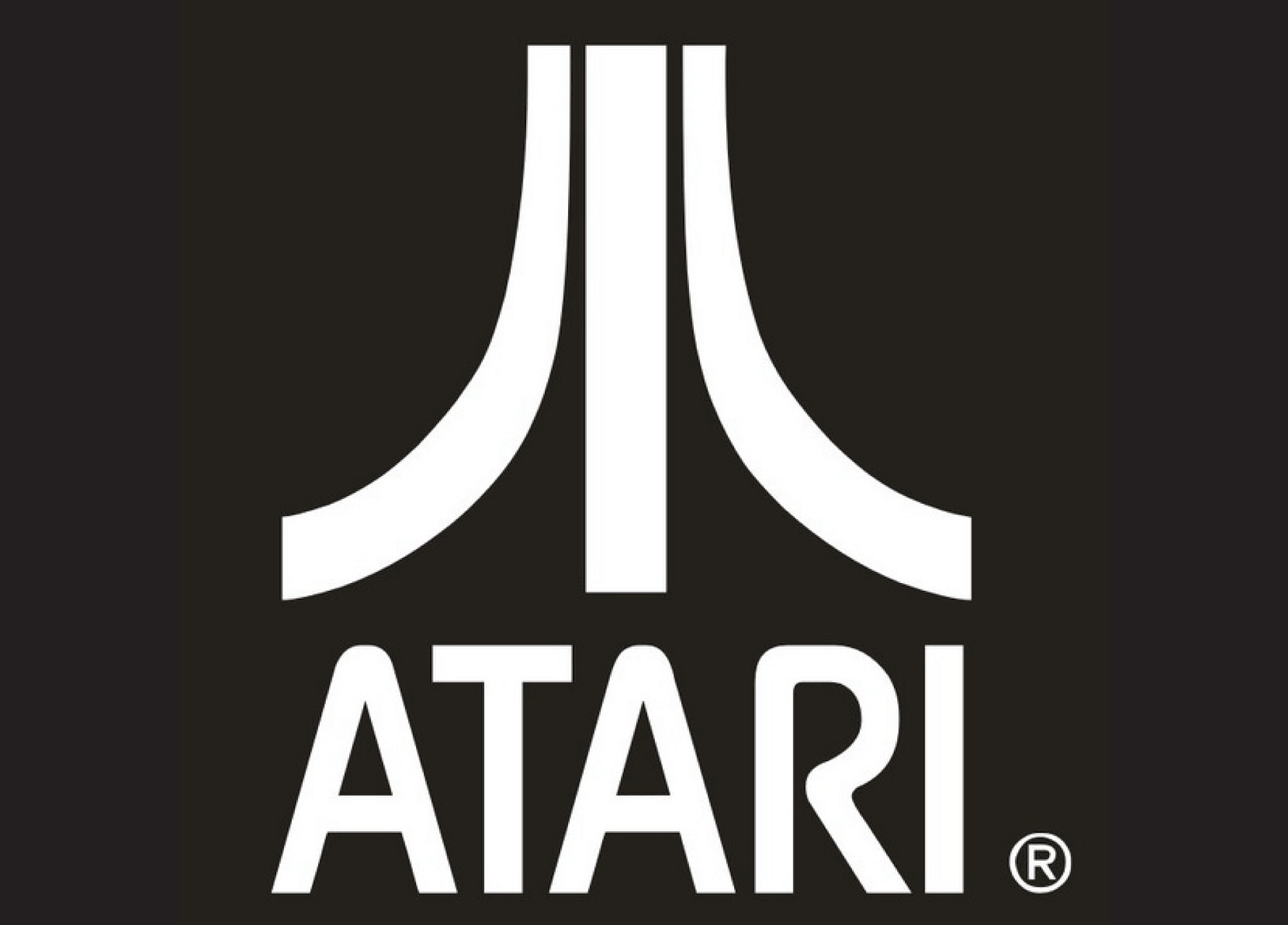Back in 2013, I wrote a story about Atari filing for bankruptcy. It wasn’t really the “original” Atari. That company dissolved back in the 1980s, and was bought by a series of holding companies. But the intellectual property rights kept following and eventually Atari, the bankrupt one, was a French holding company with several subsidiaries including three named Atari.
I looked into Atari recently and found that they came out of bankruptcy and a while back even announced an updated version of their 2600 game console. They’re selling it on Indiegogo, if it ever comes out. It’s been pushed back six months already.
The halcyon days of Atari
Atari has had an improbable run. Founded in the early 1970s by a couple of programmers, it rose to video game success first in arcades and then at home. The Atari 2600 was the first truly ubiquitous game system, creating a social structure around itself as people traded games that would have been too expensive to buy.
But really, Atari’s day in the sun was short. The 2600 lived from 1977 until 1983 and its successors, the 5200 and 7800, were never popular. Their home computers were powerful, but not as common as Apple’s. In six short years, Atari went from darling to death watch.
So why does Atari still live today?
That is an interesting question, and I’m not sure I have an answer for that. You can stick the blame on Generation X, except there aren’t that many of them to keep a trend going for forty years. What’s more, you see millennials and Gen-Z with Atari T-shirts, even though they’ve probably never played an Atari game. Atari strangely lives on in Tesla automobiles as playable easter eggs on those cars’ massive screens. But why?
I do have my theory. In my opinion, the Atari logo is one of the ten best of all time, right up there with Saul Bass’ AT&T “Death Star” and the Apple logo. I think a good logo has kept this company in the public’s eye for decades with nothing but good looks.

Now that’s a cool logo.
Forget the 1970’s type treatment, that will come and go from popularity. But look at the logo. Although its designer claims it doesn’t stand for anything, you can look at it and see a lot of different things. It might look to you like Mount Fuji, which would go along with the Japanese word “atari.” In Japanese, atari signals the end of a game of Go the same way check-mate signals the end of a game of chess. There’s a stylized “A” in there, and the center line of Atari’s first big hit, Pong. You might even see a rocket taking off. More than anything it’s a sweeping, uplifting set of three lines. The logo dares you to keep looking at it.
And that’s what people have done. AT&T might still be the great company it is without its globe, but I think that it’s Atari’s logo that’s kept it going. Its easy, internal coolness makes people anxious to associated with it, even if the games themselves don’t stand the test of time.


